The 1980s often get remembered as the performance slump when emissions rules and fuel crises strangled horsepower numbers. Yet beneath the malaise, Detroit still had fire left in its belly. Carmakers experimented with fuel injection, turbocharging, and clever tuning to squeeze real performance from their machines. Some of these cars shocked the world with acceleration that rivaled exotics, while others quietly kept the muscle tradition alive until the horsepower floodgates reopened in the 90s. Let’s take a deeper look at ten of the highest horsepower muscle cars from the 80s, with their specs, quarter mile times, and even what collectors pay for them today.
Chevrolet Camaro IROC-Z (1985–1990)
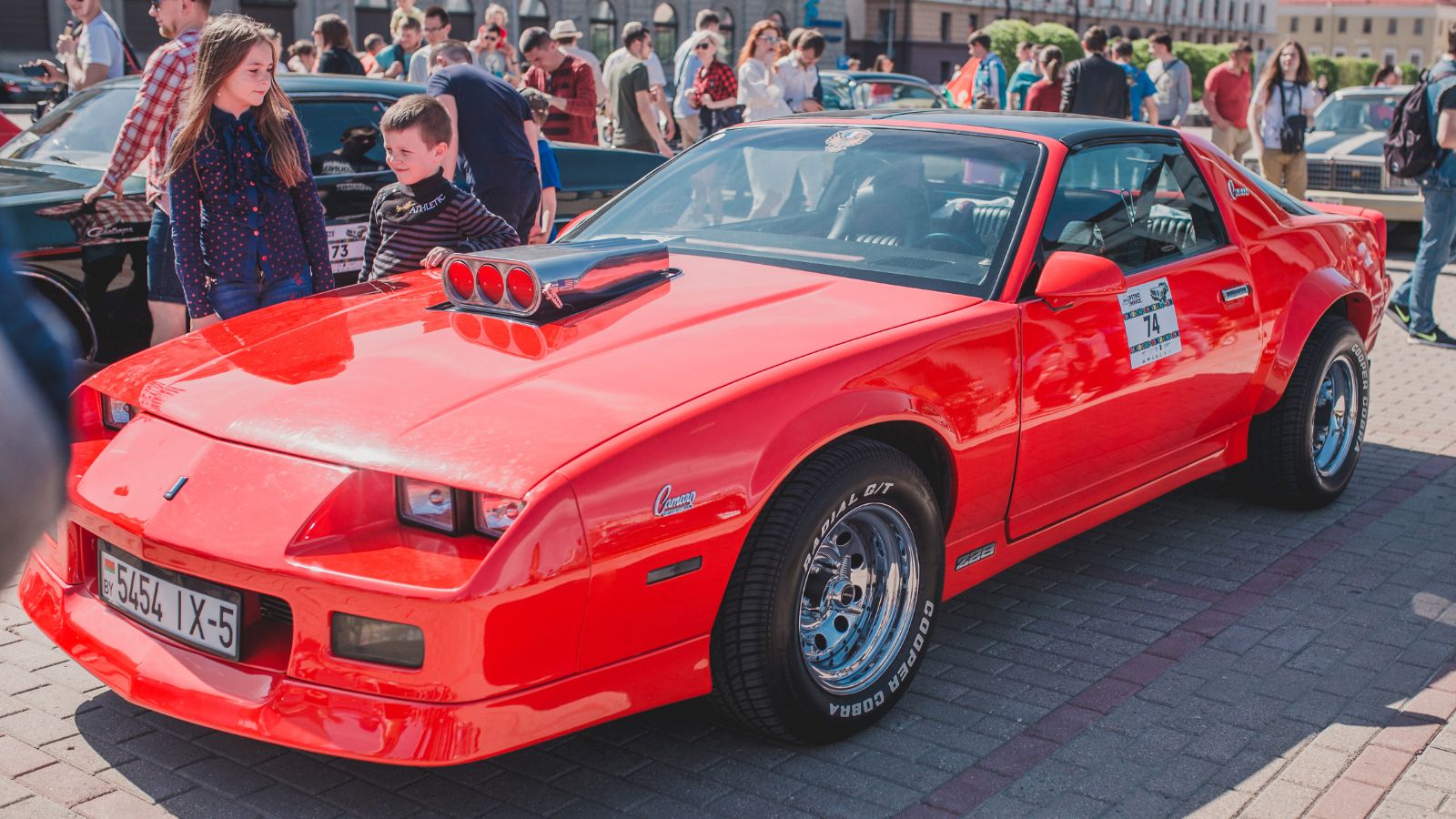
The IROC-Z was Chevrolet’s answer to enthusiasts demanding more credibility from the Camaro. Equipped with the 5.7 liter L98 V8, it made 230 horsepower by 1987, impressive numbers for the time. With a quarter mile in the mid 15s, it wasn’t blistering, but its sharp suspension and aggressive styling turned heads. Owners recall how easy it was to modify, with simple bolt-ons pushing horsepower closer to 300. Collectors now value clean IROC-Zs between 15,000 and 30,000 dollars depending on originality and mileage, making it one of the more attainable icons of the decade.
Pontiac Firebird Trans Am GTA (1987–1992)
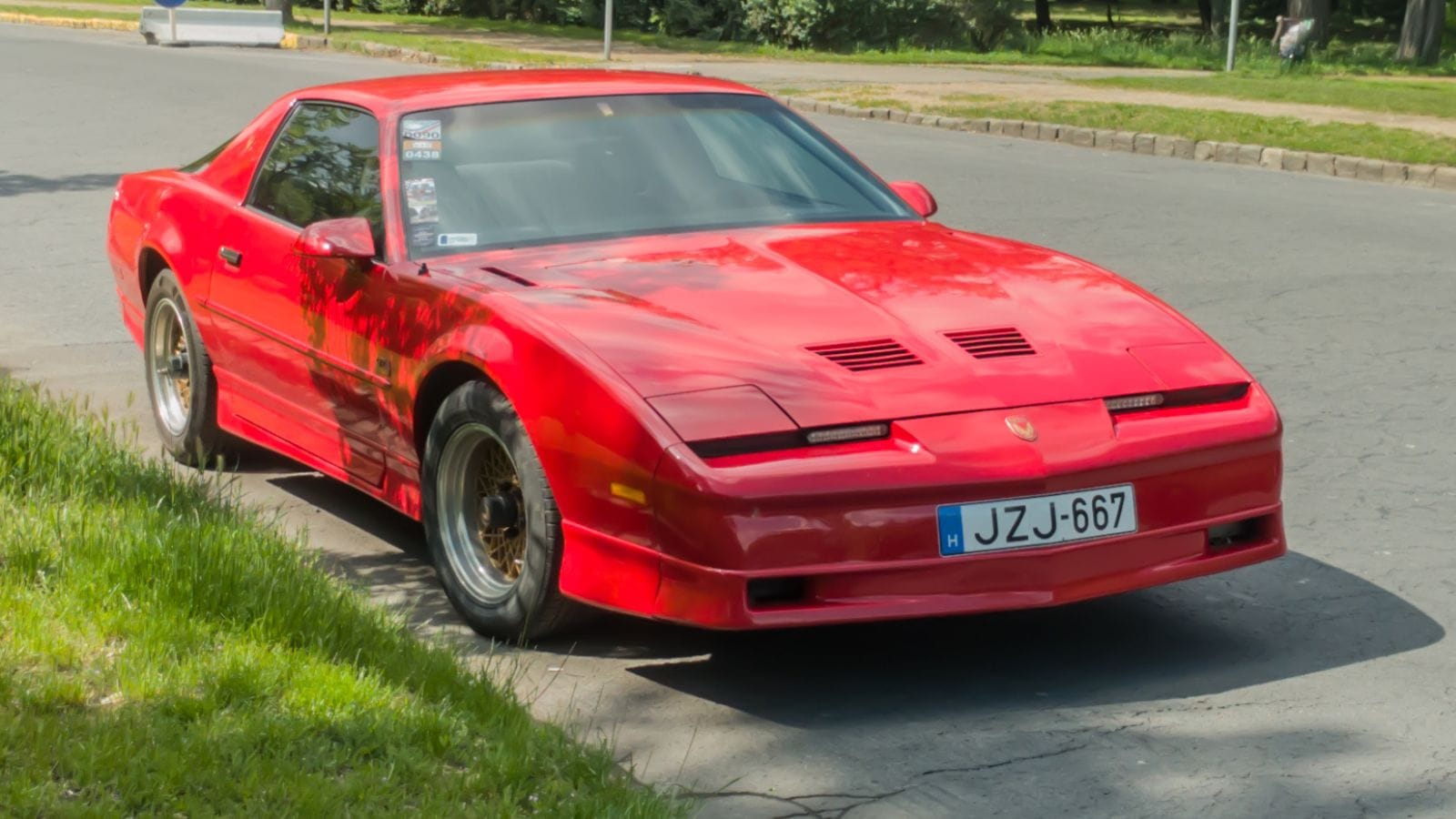
Pontiac’s Firebird Trans Am GTA was the Camaro’s sharper dressed cousin, also powered by the 5.7 liter L98 V8 with 225 to 245 horsepower. Quarter mile times hovered around the high 14s, giving it the edge over many competitors. The GTA’s aerodynamic body and advanced suspension made it a surprisingly competent handler for the time, not just a straight line machine. Collectors love its rare options and iconic styling, with values climbing into the 25,000 to 40,000 dollar range for excellent examples. For fans of 80s pop culture, nothing screams the decade louder than a Firebird with a booming V8.
Buick GNX (1987)
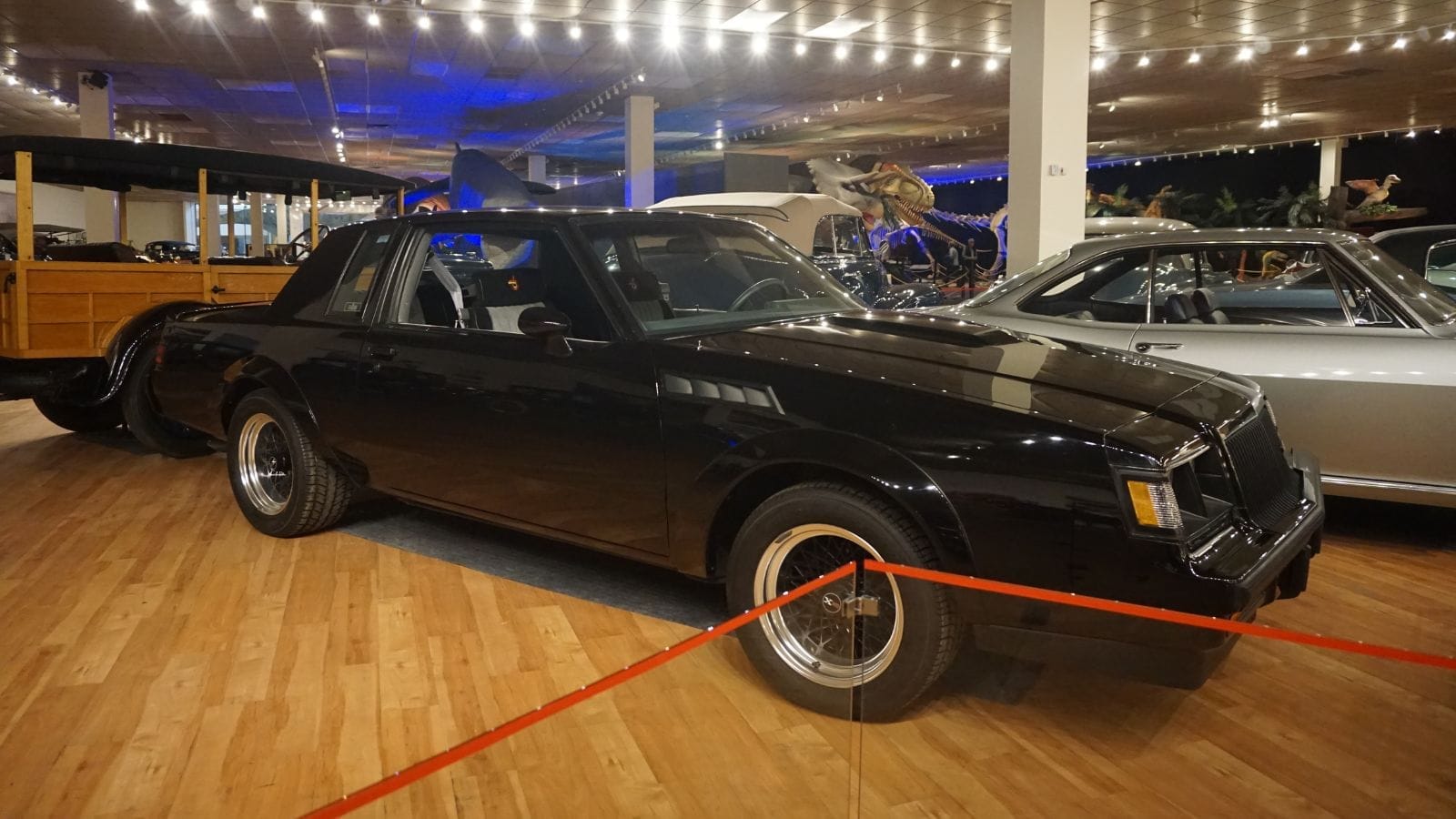
The GNX was the undisputed monster of the 80s. Buick’s 3.8 liter turbocharged V6 was officially rated at 276 horsepower and 360 lb-ft of torque, but real-world dyno tests showed much more. Zero to sixty in under 5 seconds and quarter mile runs in the low 13s made it quicker than many Corvettes, Porsches, and Ferraris of the era. Owners still talk about shocking exotic car drivers with what looked like a blacked-out family coupe. With only 547 built, GNXs now sell for 120,000 to 200,000 dollars, cementing their legend as the car that made turbo V6 muscle real.
Ford Mustang GT (1987–1993)

The Mustang GT revived Ford’s reputation with the 5.0 liter High Output V8 making 225 horsepower. Lightweight compared to its rivals, it hit sixty in around 6 seconds and covered the quarter mile in the mid 14s. But the real magic was its tunability cheap mods could easily push it to 300 horsepower, making it a darling of street racers and drag strips nationwide. The Fox-body Mustang’s raw, affordable performance built an entire aftermarket culture. Today, clean 5.0 Mustangs trade hands for 20,000 to 35,000 dollars, with rare notchback models fetching more.
Chevrolet Corvette C4 (1985–1991)
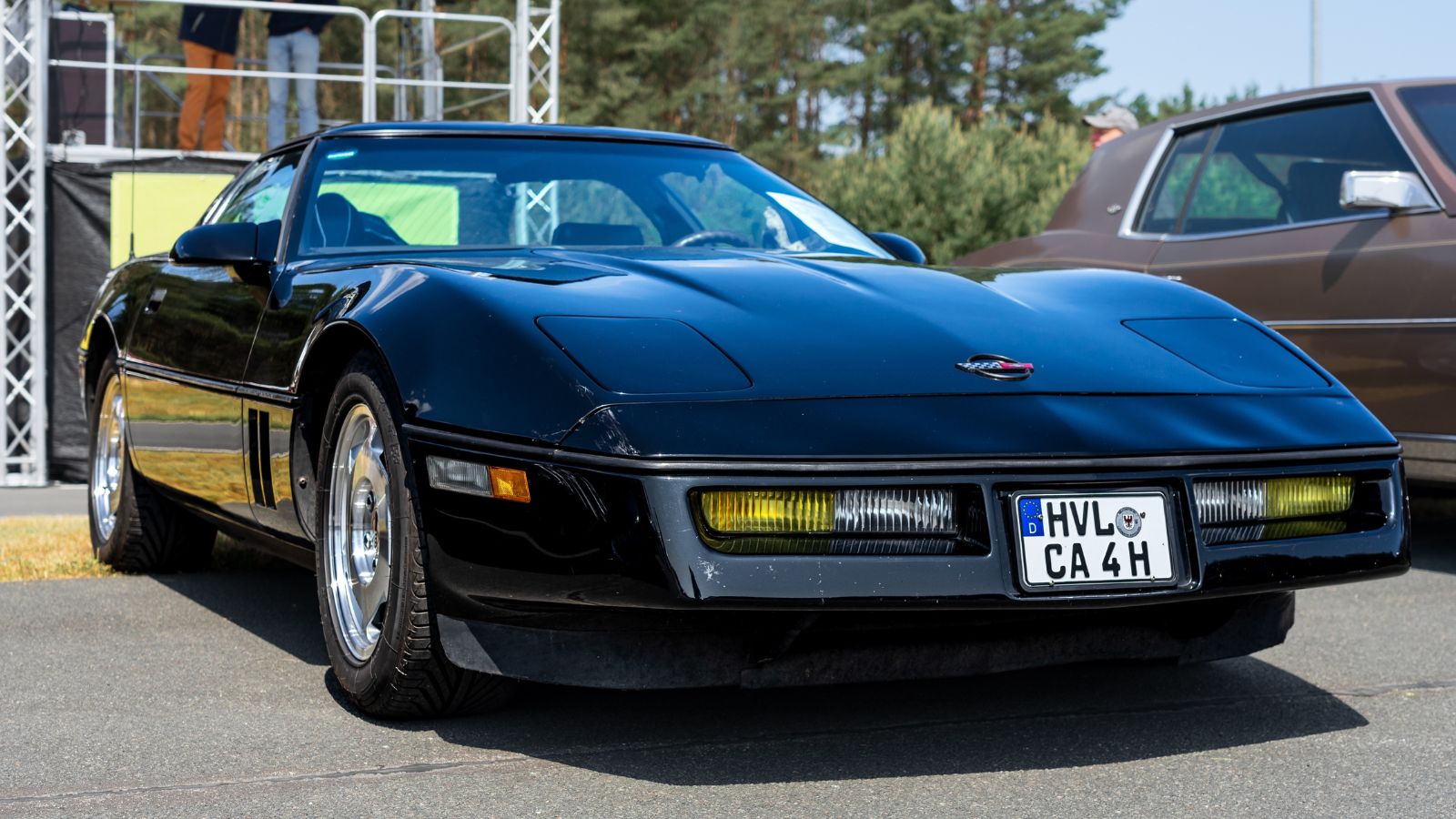
The Corvette kept America’s sports car flame alive during the 80s. The standard C4 with the L98 V8 produced 230 to 250 horsepower, but the real game-changer was the 1990 ZR-1. Its Lotus-designed LT5 engine produced 375 horsepower, shocking buyers and critics alike. With zero to sixty in 4.5 seconds and quarter mile times in the low 13s, it was one of the fastest cars in the world. Today, ZR-1s are prized collectibles, with values from 35,000 for drivers to over 70,000 for pristine examples. Even regular C4s remain an affordable entry point into 80s muscle at around 12,000 to 20,000 dollars.
Pontiac Firebird Trans Am Turbo (1989)
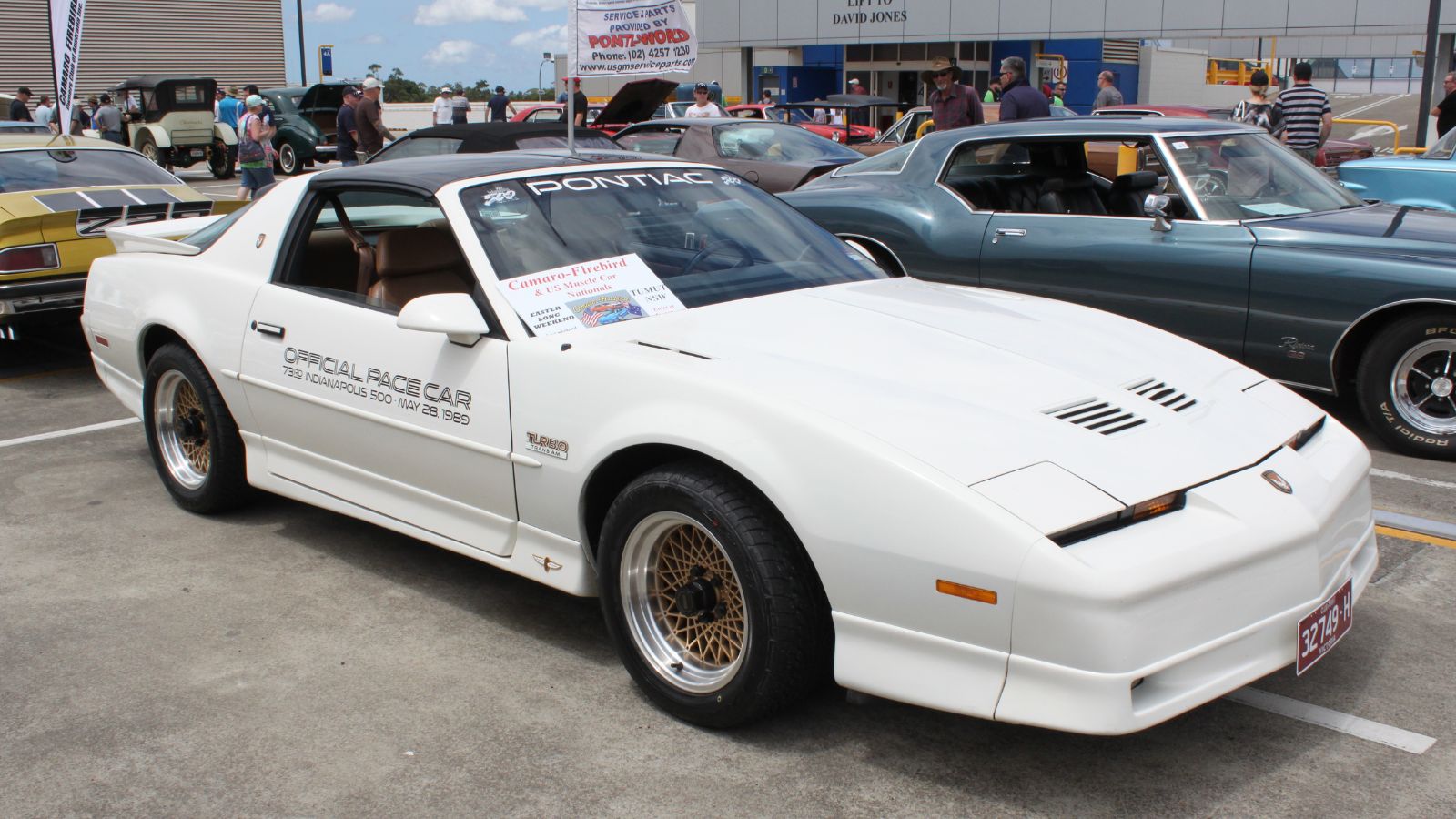
Pontiac celebrated the Trans Am’s 20th anniversary by dropping Buick’s turbocharged 3.8 liter V6 into the car. The result was 250 horsepower and lightning quick acceleration. It could run the quarter mile in the mid 13s, easily keeping pace with Corvettes and Mustangs. Owners loved its blend of old school Trans Am styling with GNX-inspired turbo muscle. With only 1,555 units built, these cars are now highly collectible, trading between 40,000 and 70,000 dollars at auction. It proved that turbocharging had a rightful place in American muscle.
Dodge Shelby Charger GLHS (1987)
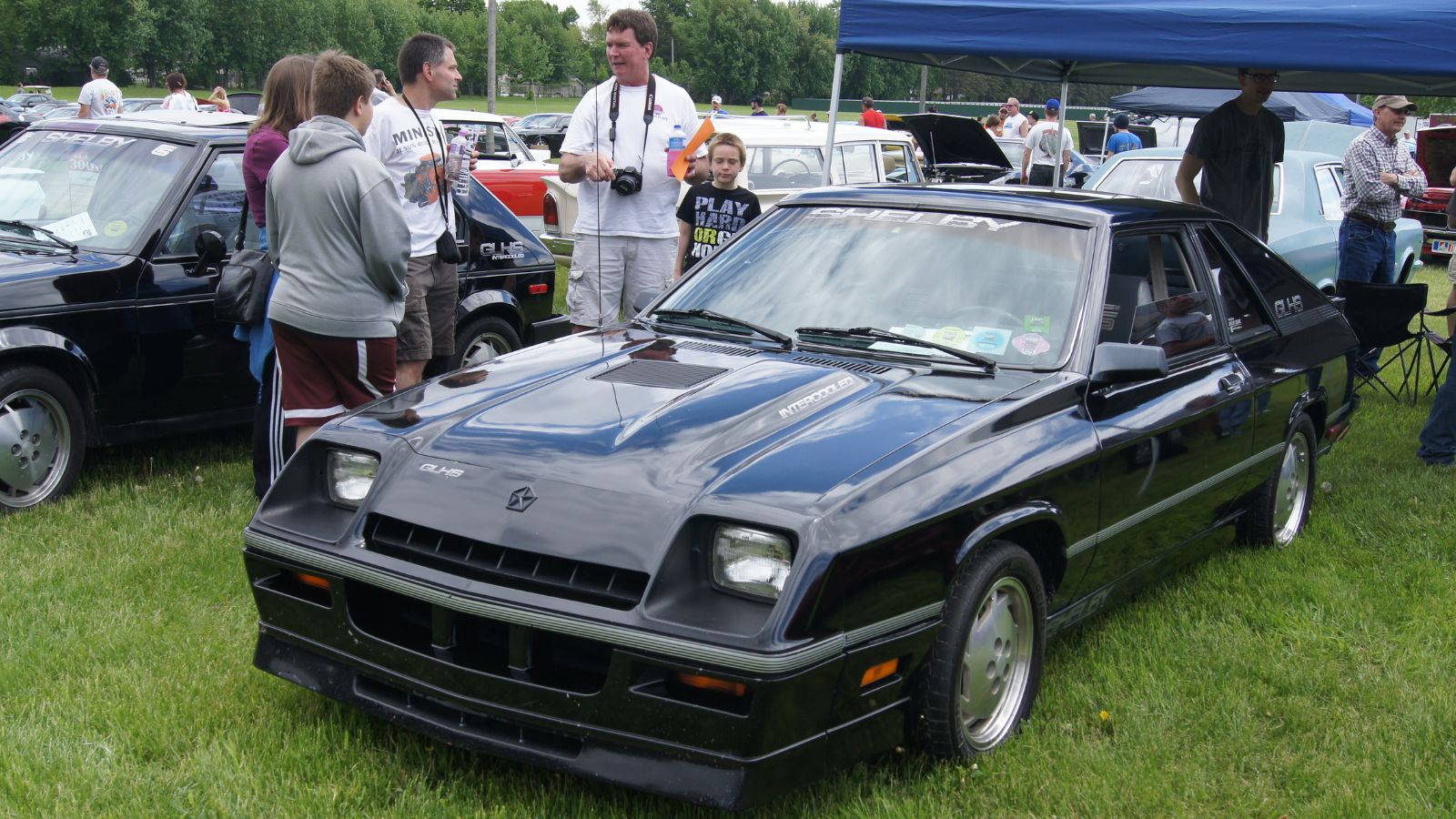
Carroll Shelby’s GLHS Charger was an unlikely muscle car, powered by a 2.2 liter turbocharged four-cylinder making 175 horsepower. But thanks to its lightweight chassis, it could sprint to sixty in under 7 seconds and finish the quarter mile in the mid 15s matching some V8 muscle cars of the era. Owners remember it as scrappy and raw, with torque steer that could yank the wheel from your hands. Only 1,000 were built, and today they fetch 20,000 to 30,000 dollars among collectors who appreciate their rarity and Shelby connection.
Ford Thunderbird Turbo Coupe (1987–1988)
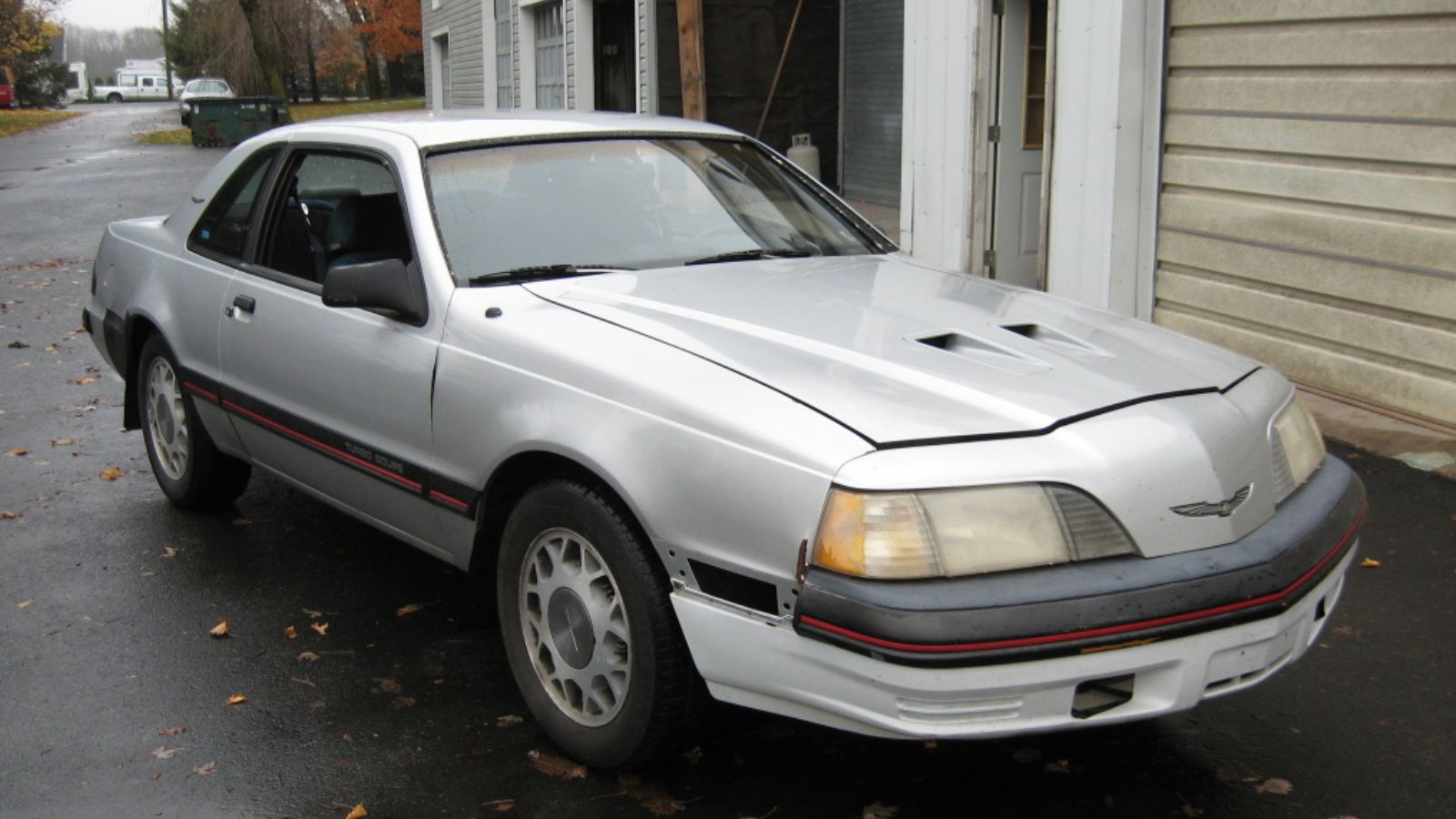
The Thunderbird Turbo Coupe used Ford’s 2.3 liter turbocharged four-cylinder, making 190 horsepower when paired with a manual gearbox. Quarter mile times hovered in the high 15s, but its strength was balance it combined performance, technology, and comfort in a sleek package. Owners recall it as a long-distance cruiser that could still surprise rivals off the line. Collectors today see them as undervalued, with most trading between 8,000 and 15,000 dollars.
Oldsmobile 442 (1985–1987)
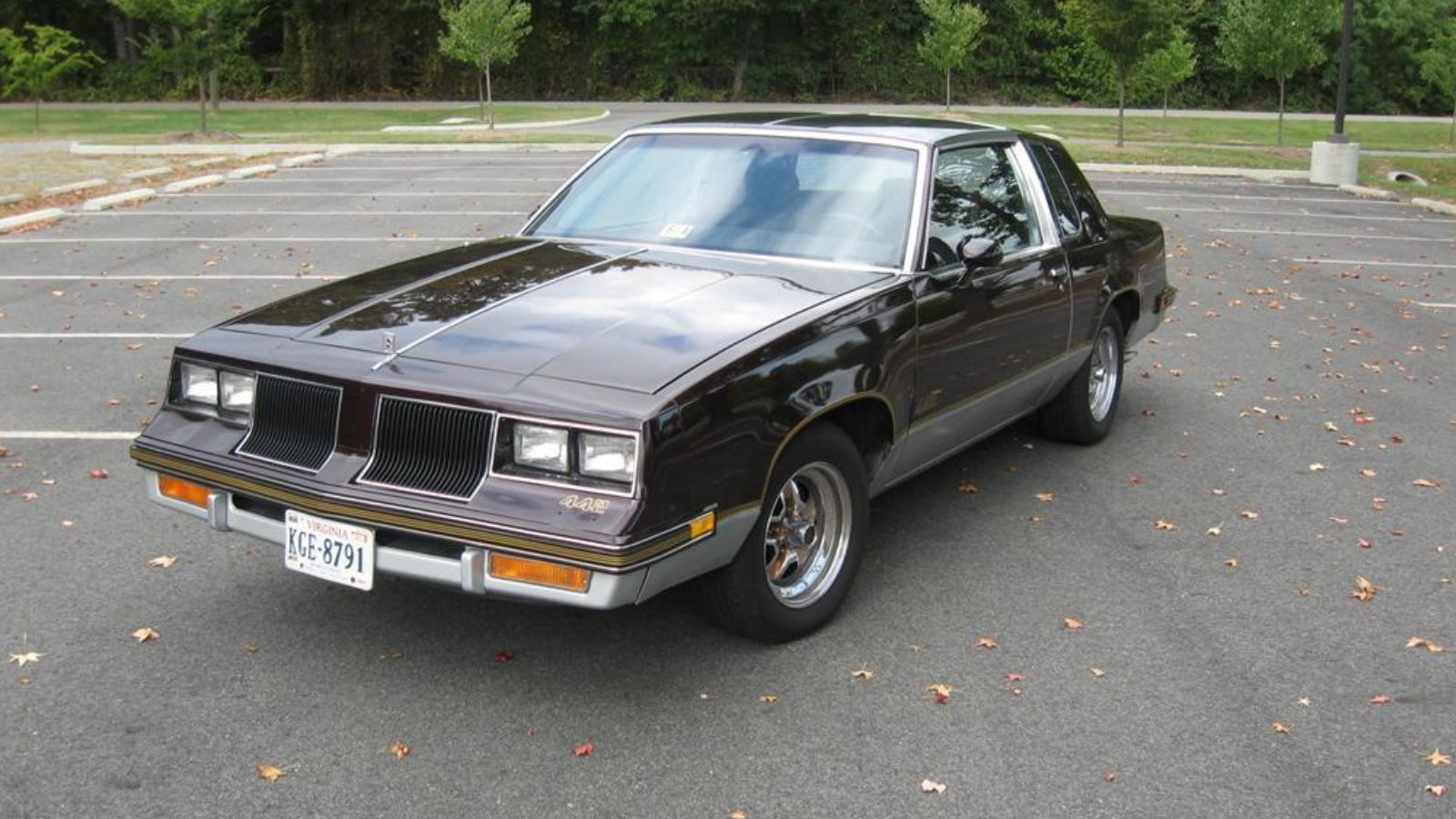
The 442 kept Oldsmobile’s muscle image alive during lean years. With a 5.0 liter V8 producing 180 horsepower, it was modest by 60s standards but competitive in the mid 80s. Quarter mile times fell in the low 16s, respectable for its class. Owners loved the car’s combination of luxury and performance, which made it a well-rounded daily driver. Collectors today pay 15,000 to 25,000 dollars for clean examples, though prices are climbing as nostalgia for 80s muscle grows.
Mercury Capri 5.0 (1983–1986)
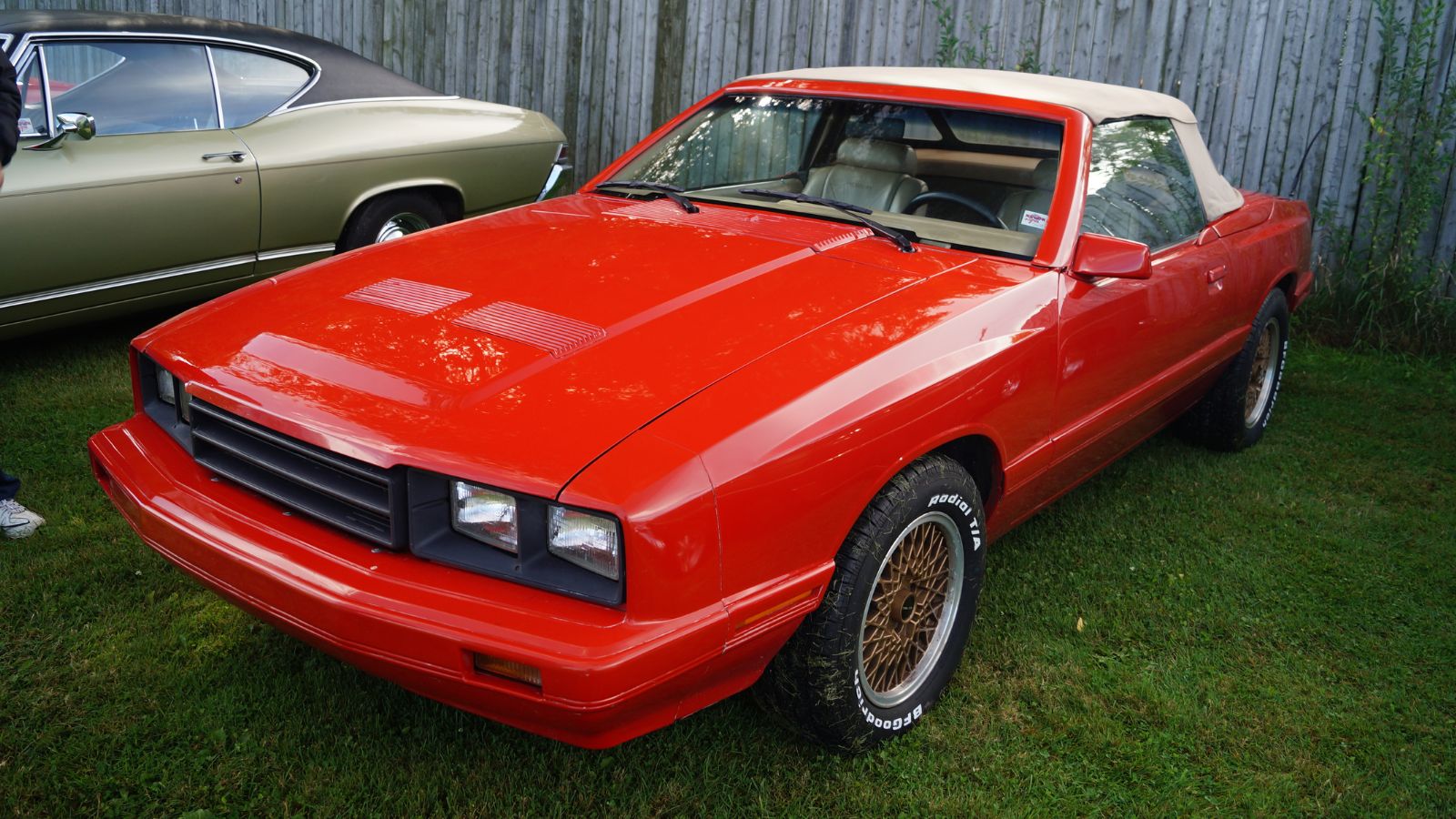
Mercury’s Capri was the Mustang’s less popular twin, sharing the Fox-body platform and the same 5.0 liter V8 with 225 horsepower. Performance was identical to the Mustang GT, with quarter mile runs in the mid 14s. Because it sold in smaller numbers, surviving Capris are rarer and gaining collector interest. Values hover between 12,000 and 20,000 dollars, with enthusiasts appreciating its unique styling quirks compared to the Mustang.
The Legacy of 80s Horsepower
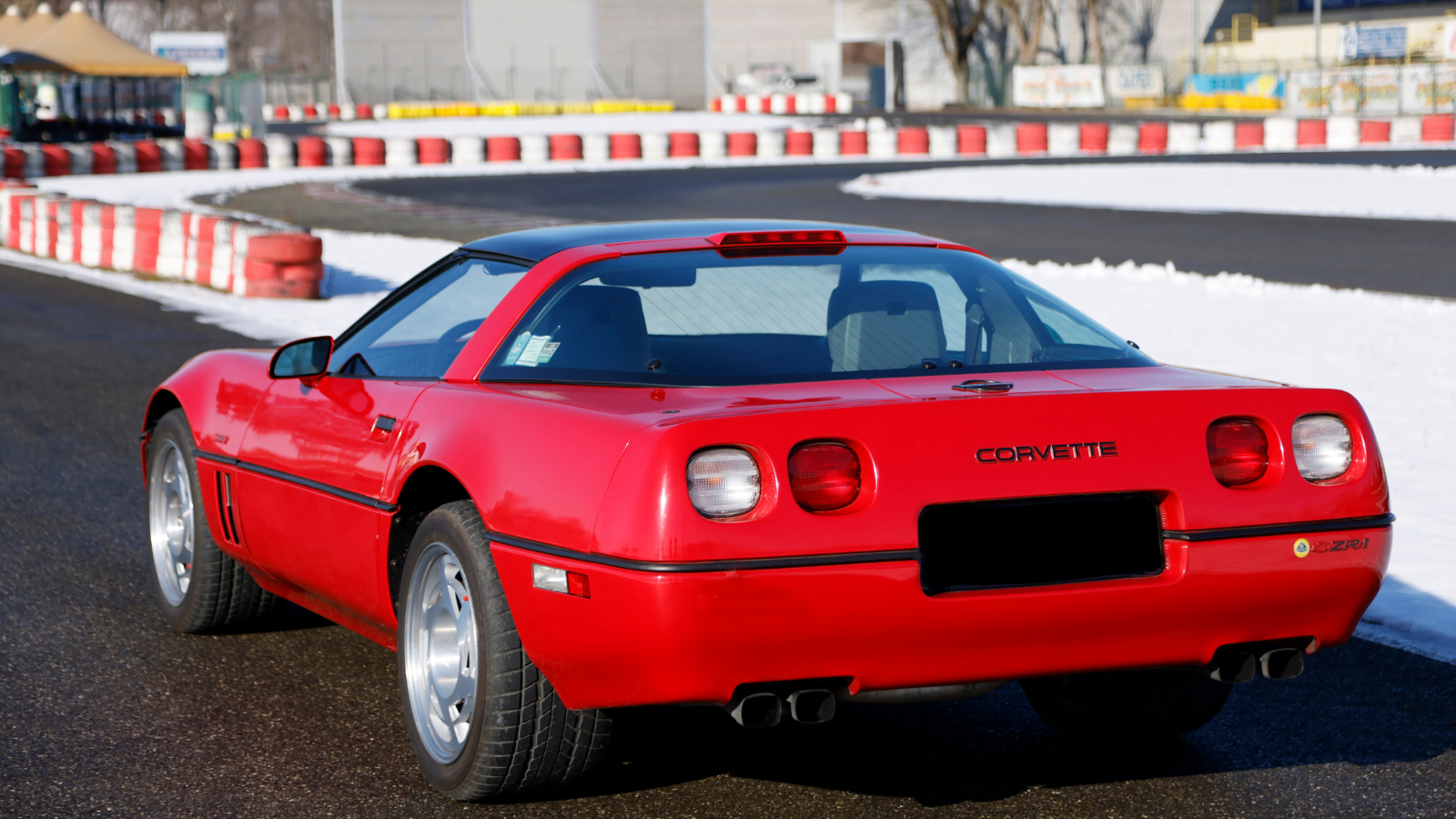
The 1980s may not have matched the firepower of the late 60s, but the decade planted seeds of a comeback. Cars like the Buick GNX and Corvette ZR-1 proved American engineering could still build world-beaters, while Fox-body Mustangs and IROC-Z Camaros kept muscle cars alive on a budget. Turbocharging appeared as a serious performance tool, and enthusiasts learned that horsepower wasn’t dead it was just reinventing itself.
These machines remain symbols of resilience and creativity. Today, they are collectibles not only for their performance but also for what they represent: the decade when Detroit rediscovered its muscle.
25 Facts About Car Loans That Most Drivers Don’t Realize

Car loans are one of the most common ways people fund car purchases. Like any other kind of loan, car loans can have certain features that can be regarded as an advantage or a disadvantage to the borrower. Understanding all essential facts about car loans and how they work to ensure that you get the best deal for your financial situation is essential. Here are 25 shocking facts about car loans that most drivers don’t realize:
25 Facts About Car Loans That Most Drivers Don’t Realize
